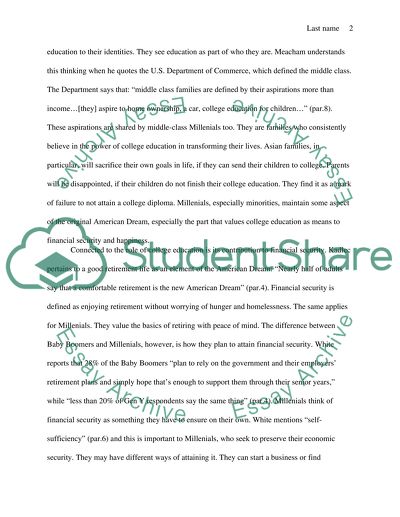Cite this document
(“American Dream: Personalized and Collectivized Essay”, n.d.)
American Dream: Personalized and Collectivized Essay. Retrieved from https://studentshare.org/history/1457765-american-dream-personalized-and-collectivized
American Dream: Personalized and Collectivized Essay. Retrieved from https://studentshare.org/history/1457765-american-dream-personalized-and-collectivized
(American Dream: Personalized and Collectivized Essay)
American Dream: Personalized and Collectivized Essay. https://studentshare.org/history/1457765-american-dream-personalized-and-collectivized.
American Dream: Personalized and Collectivized Essay. https://studentshare.org/history/1457765-american-dream-personalized-and-collectivized.
“American Dream: Personalized and Collectivized Essay”, n.d. https://studentshare.org/history/1457765-american-dream-personalized-and-collectivized.


